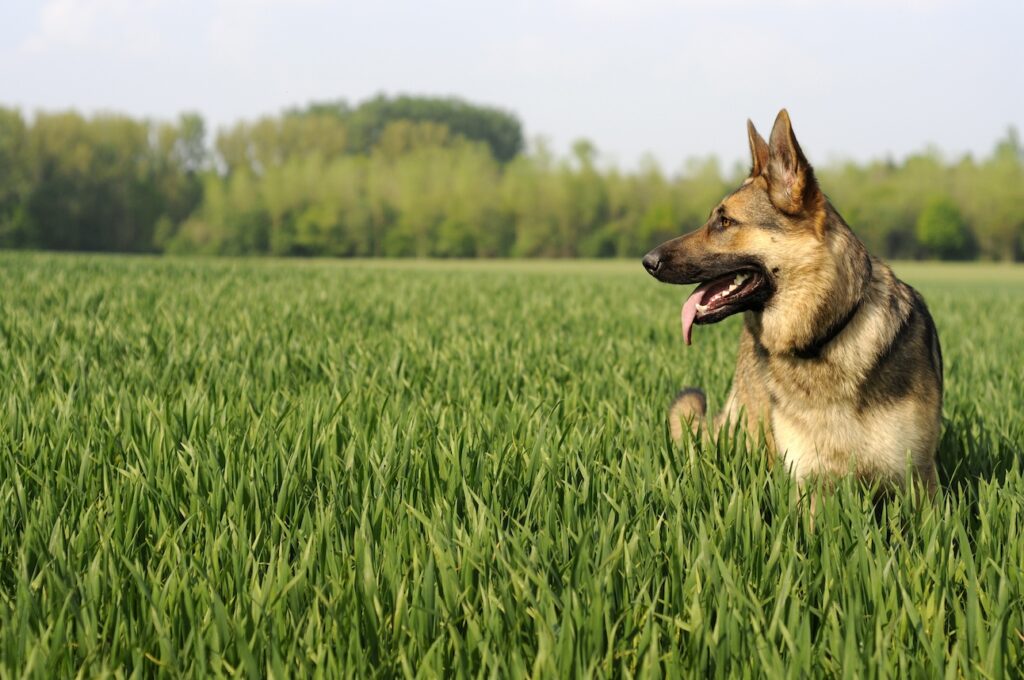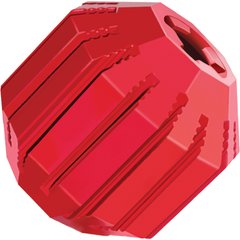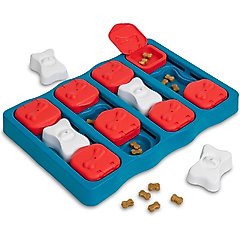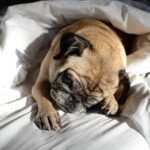Belgian Malinois vs. German Shepherd: Which Four-Legged Athlete Is for You?

Photo by Fenne/E+ via Getty Images
The Belgian Malinois and German Shepherd dog breeds are well-known for being powerful, intelligent, and versatile partners for everything from police work to patrolling flocks of sheep. These hardworking breeds even look similar, with both dogs sporting a double coat, a muscular build, and pointed ears.
But no dog breeds are exactly the same, and this is still true for Belgian Malinois and German Shepherds. Here’s how the two breeds compare.
History
The Belgian Malinois and German Shepherd share a common history as herding dogs, but their resumes do differ.
In the late 1800s, German officer Captain Max von Stephanitz developed the German Shepherd from a single sheepherding dog, according to the German Shepherd Dog Club of America (GSDCA). German Shepherds went on to work various jobs during both World Wars, and the dogs’ popularity rose in the U.S. after World War I.
The Belgian Malinois first appeared as one of four varieties of the Belgian Shepherd Dog, also in the late 1800s. While these dogs shared similar anatomy, they were eventually grouped into separate breeds by their fur texture, color, and length. These Belgian breeds became the Tervuren, Groenendael, Laekenois, and—of course—the Malinois.
The first record of a Malinois in the U.S. was in 1911, according to the American Belgian Malinois Club (ABMC).
Appearance

The average dog-lover might have trouble pointing out the differences in a Belgian Malinois versus a German Shepherd. Both have an athletic build, triangular ears standing at attention, and brown eyes.
But look closely and you’ll see the subtle differences.
Size
The height of a Belgian Malinois and a German Shepherd dog is the same; males are 24–26 inches tall at the shoulder, while females are 22–24 inches.
But in terms of proportion, a German Shepherd will be longer than he is tall. A Belgian Malinois has a squarer shape, measuring about as long as he is tall. This gives the German Shepherd a slightly lankier appearance than the Belgian Malinois.
Build
While both breeds are agility all-stars, the German Shepherd dog has a slightly heavier build than a Belgian Malinois. Male German Shepherds typically weigh 65–90 pounds and females weigh 50–70 pounds.
By comparison, a male Belgian Malinois weighs 60–80 pounds, with female dogs at 40–60 pounds.
Coat
Most German Shepherds and Belgian Malinois dogs you’ll see are black and tan. And while Belgian Malinois stick to a set fawn and mahogany color palette, German Shepherd coats have a little more variety—they can sport black, white, gray, liver, and other colors.
A German Shepherd’s coat is typically medium in length, while a Malinois’ fur is shorter.
Personality
When talking temperament, both Belgian Malinois and German Shepherds are loyal, alert, and intelligent. In fact, both breeds are considered among the smartest dog breeds.
These shared attributes make both breeds working professionals, and they stand out in jobs that require close cooperation with a human and problem-solving.
Malinois are especially keen on pleasing their people and can focus on a task long after most other dogs would lose interest. “They are great with high repetitions,” says Randall Hoadley, the director of judges for the American Working Malinois Association.
When comparing the temperament of these two dogs, Brittney Meloon, a German Shepherd and Belgian Malinois breeder, says Malinois are a “go, go, go breed” with an intensity level that surpasses the typical German Shepherd.
“German Shepherds tend to have more of an off switch,” she says. “While they are happy to work, they are also happy to be couch potatoes and family dogs in the meantime.”
Exercise Needs
If you don’t live a highly active lifestyle, you should look for a different dog because both breeds need at least an hour of vigorous exercise every day. High-intensity activities such as daily running, hiking, swimming, or time spent training for dog sports like agility or dock diving are ideal pastimes for German Shepherds and Belgian Malinois.
Hoadley adds that these highly intelligent breeds need more than an opportunity to stretch their legs. “An hour [of exercise] a day is very good, but you also have to exercise their brain with games and challenges,” he says.
Nose work, obedience training, and interactive toys are good options for mental stimulation for either breed.
Recommended Products
Health
The Belgian Malinois and German Shepherd dog breeds can both be prone to joint conditions, like hip dysplasia or elbow dysplasia, so genetic testing for these conditions is advised for breeding dogs.
German Shepherds can also develop degenerative myelopathy (DM). “DM affects the spinal cord and slowly paralyzes the dogs, and it can affect the dog at any age if they have two copies of the gene,” says Meloon.
DNA testing can confirm whether a dog carries the gene, so ask your breeder for the results of this and other health screening tests for any puppy you’re considering. If you’re adopting from a shelter or rescue, ask for all available health information on the dog.
Recommended Product
Belgian Malinois vs. German Shepherd: Which Is the Breed for You?
When choosing between a Belgian Malinois and a German Shepherd, you’ll find more similarities than differences. Both breeds make intelligent, active partners and thrive when they have a job to do.
The decision ultimately comes down to your lifestyle. If you want a partner to train with for your next Ironman Triathlon, a Malinois might be the breed for you. But if you want a dog who will be a (slightly) more relaxed family companion post-workout, a German Shepherd might be a better fit.
Remember that a dog is a lifelong commitment, and these athletic pups must have their exercise needs met to be happy. If you’re looking for a more lowkey pet, research other dog breeds, because the Belgian Malinois and German Shepherd aren’t for you.
This content was medically reviewed by Molly Price, DVM, Chewy veterinarian.








